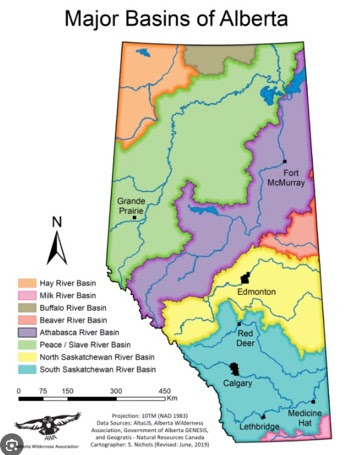Bernie Peet was our guest presenter tonight. Bernie loves to fly fish with chironomids and tonight he took the time to show us several techniques that we all can apply to our chironomids when we are at the vice. As you can see from Bernie's chironomid boxes, he emphasizes slim profiles on his chironomid pupa patterns. The 22 tyers who took in Bernie's presentation were challenged to keep the profile of their chironomids slim, tapered and well proportioned!
Next week, Larry Prowse is our guest tyer. See you then!
Bernie Peet
General Techniques:
Use a bead size slightly smaller than normal for the hook size, for example use a 3/32nd bead rather than a 7/64th bead for a size 12 hook.
Use a thin, flat thread, Bernie suggests using 70 denier Ultra Thread.
Spin thread anti-clockwise to flatten.
Use thin materials such as flashabou, thin tinsels, holographic tinsels and mylar. Bernie prefers flat mylar or flashabou body to create translucence. A fine silver or red wire rib can go over the mylar if a flat rib is not used under the mylar.
The narrow materials can be used to give a segmented effect, for example the main body colour can be wound with gaps so that the thread colour shows through and then the ribbing wound on.
Use minimal thread wraps to tie in materials.
Be very precise about wrapping the thread to create a narrow tapered body.
Remember that the finished fly will be thicker when clear coating is added (e.g. UV resin).
Tying:
Bernie likes to use curved midge hooks, e.g. Daiichi 1130, but also use curved nymph hooks. When using curved midge hooks, the tying thread can be taken quite far around the bend as the body is so thin at the back, it will not impede setting the hook.
Bernie prefers white antron for the gills.
The key to getting the right profile is to take your time and build the body slowly, with the thread laid on in touching turns. If a lamp develops, unwind the thread and redo!
If the pattern has a thorax, form a slim thorax first before tying in cheeks and/or thorax cover, the build up the required final profile before securing those materials behind the bead.
Make sure the UV resin or other clear coating is not put on too thickly as it will make the surface uneven. The profile of the chironomid will also be too thick.
Black and Red
Hook: Daiichi 1130, size 12-16
Thread: Ultra 70 denier black or 8/0 Uni
Bead: 3/32nd, pearl (smaller sizes for size 16)
Body: Black or Gunmedal Flashabou
Rib 1: Red Flashabou or fine red tinsel
Rib2: Silver Flashabou or fine holographic tinsel
Green and Red
Hook: Daiichi 1130, size 12-16
Thread: Ultra 70 denier fluorescent green, or 8/0 Uni
Bead: 3/32nd, pearl (smaller for size 16)
Body: Fluorescent green thread
Rib: Red Flashabou or fine red holographic tinsel
Overbody: Pearl Mylar
Thorax: (Optional) Peacock herl
Flashback Black and Yellow
Hook: Daiichi 1130, size 12-16
Thread: Ultra 70 denier black or 8/0 Uni
Bead: 3/32nd, nickel (smaller sizes for size 16)
Gills: White Antron or Unistretch
Body: Black Thread
Rib: Pearl Flashabou or Mirage Opal Tinsel
Thorax: Black thread
Cheeks: Orange Goose Biots, or orande/yellow stretch floss
Thorax cover: Opal Mylar, medium
Blackberry (John Kent originator)
Hook: Daiichi 1130, size 12-16
Thread: Ultra 70 denier black or 8/0 Uni
Bead: Black nickel
Gills: Unistretch
Underbody: Black thread
Overbody: Cranberry Buzzer Wrap
Rib: Small Black Wire
Thorax: Black Thread
Bernie Showing the gang several chironomid techniques.
That is one small slim blood worm Rick!



















No comments:
Post a Comment